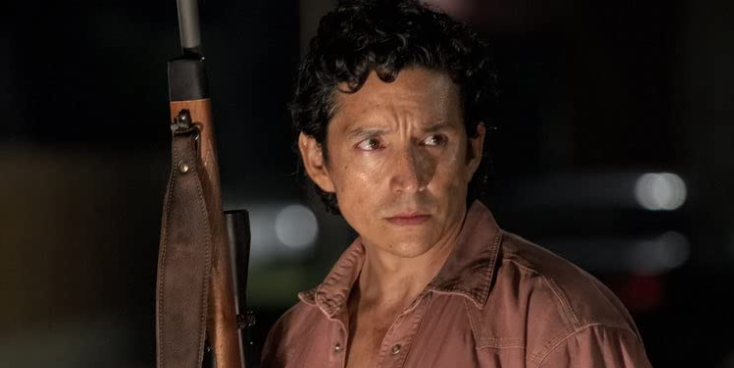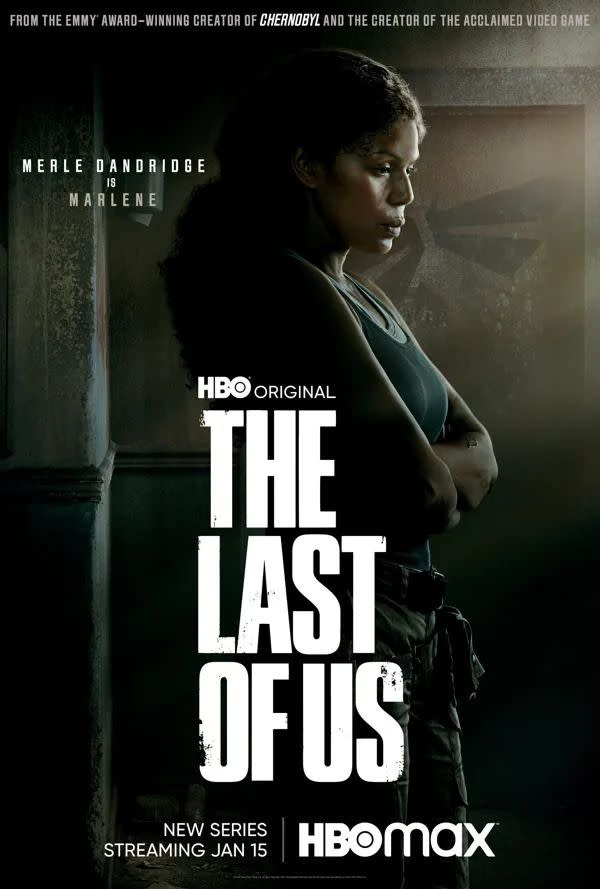So Are We Supposed to Root for the 'Terrorists' in ‘The Last of Us’?

- Oops!Something went wrong.Please try again later.
- Oops!Something went wrong.Please try again later.
"Hearst Magazines and Yahoo may earn commission or revenue on some items through the links below."
First, some backstory.
Neil Druckmann, the writer of 2013’s The Last of Us and now co-writer on the HBO television series of the same name, drew much of his story inspiration from another apocalyptic vision.
Druckmann apparently walked out of a movie theater in 2006 wandering why video games couldn’t do what he had just seen. What he had just seen: Children of Men—Alfonso Cuarón’s loose adaptation of the P.D. James novel, which is set in a dystopian Europe and follows society’s gradual collapse in the face of mass infertility. Why couldn’t video games tell as intimate and compelling and gritty a story? Druckmann wondered.

The Last of Us Remastered - PlayStation 4
amazon.com
$21.90
amazon.comThe result: a game that captures the same panoramic decay and moral ambiguity as the film. In fact, Children of Men is such dominating influence on the aesthetics, tone, and central narrative of The Last of Us, the core character relationship in each is the same: an older man and a younger woman, the former having to shepherd the latter, who represents the “cure,” through a collapsing world. Their path is one of redemption—both for humanity and for the story’s characters. (Though, primarily for the male protagonist.)
The film is also a strong influence on the game’s political theater—a junta-like military trying to suppress pockets of terroristic resistance. In the game, that resistance comes by means of the Fireflies, rebels who oppose the military leadership through widespread bombings and attacks on military targets. (As in Children of Men, which is set in London, there’s a shade of the IRA in this movement.)
The politics of the Fireflies gives us some insight into the politics of Druckmann’s own take on apocalypse. But those politics are somewhat confusing.
Before we get into it, a note about sourcing:
Most storylines from the HBO series are taken from existing properties, also written by Druckmann. These include three games and downloadable content—The Last of Us (2013), The Last of Us: Left Behind (2014), The Last of Us Part II (2020)—and a series of comics, The Last of Us: American Dreams (2013).
We’re drawing from these sources. We’ll avoid all spoilers.
Who are the Fireflies?

What we know of the Fireflies is little—at least from the opening episode. The faction is led by Marlene. The goal is destabilization across the Quarantine Zone (QZ), controlled by a militarized force, FEDRA, without an apparent leader. The method is bombing and political violence—attacks on guard posts and armored patrols.
The outcome of all this?
Who knows.
Destabilization seems to imply some kind of coup—a deposing of the military junta that runs the show. It’s not clear, however, what replacement structure the Fireflies have in mind. Just some vague democracy.
In the video game, the Fireflies seek to restore pre-pandemic governance. They are as old as FEDRA, popping up as soon as the military seized power within the QZs. Their goals are national, with the movement existing across several QZs from Boston to Seattle. Some cells managed to depose FEDRA forces; although, these QZs soon after descended into anarchy. (Joel’s brother Tommy was affiliated with at least one cell. In the video game, he launched terror attacks against military targets in Denver.)
The Fireflies also seem to be one of the few factions searching for a vaccine, employing their own scientists and researchers to develop a cure. (We're not sure what the implication here might be—perhaps FEDRA cares only about control and prevention, rather than the more noble pursuit of change.)
What makes the Firefly politics confusing, however, is their cause for revolution. Food shortages are mentioned both in the series and the game, with FEDRA allegedly responsible for denying citizens sustenance. FEDRA’s largest crime, however, appears to be its use of military might in controlling the population. (We haven’t seen too much of this besides curfews and rigorous security checks—and it’s hard arguing such actions aren’t entirely necessary.) Of course, counterarguments would suggest that, so far, FEDRA is the only faction we know able to fend off outside infection; for now, their model is the only successful model. Why many would want to destabilize FEDRA control and risk anarchy and infection is unclear.
We suppose FEDRA’s crimes are egregious enough for many to risk it.
But for now, the Fireflies seem to be the problem. Joel is probably right not to trust them.
You Might Also Like

